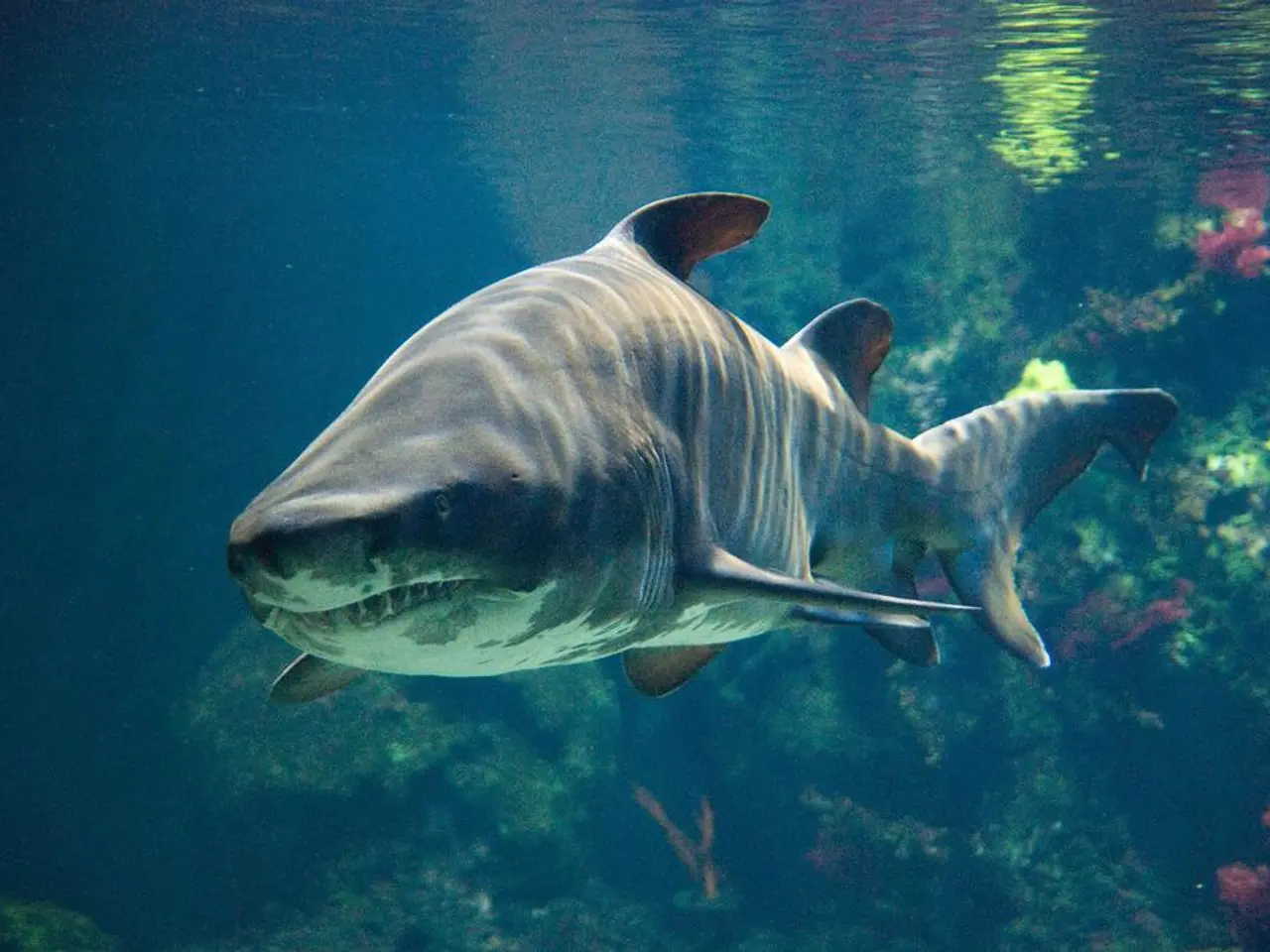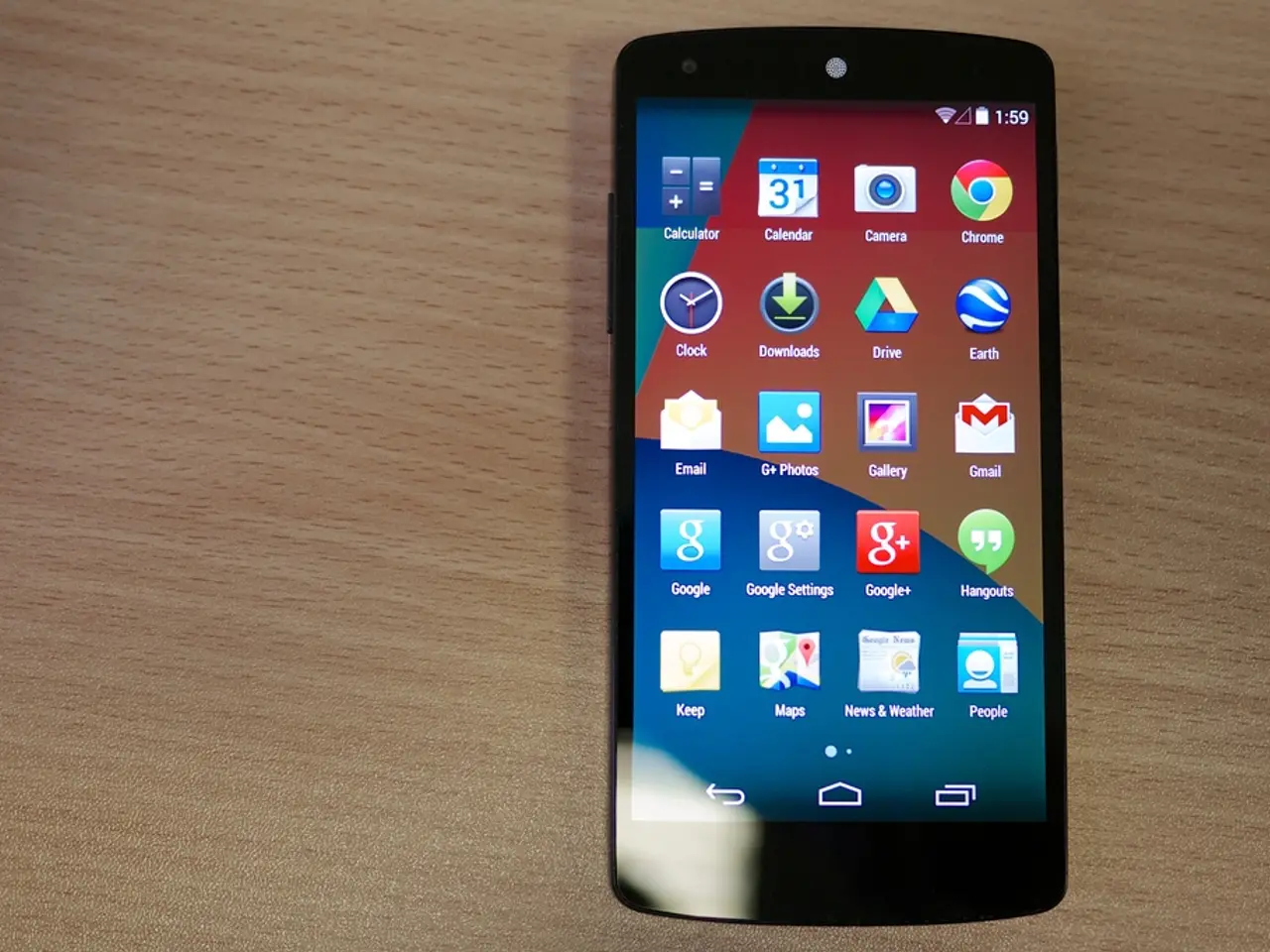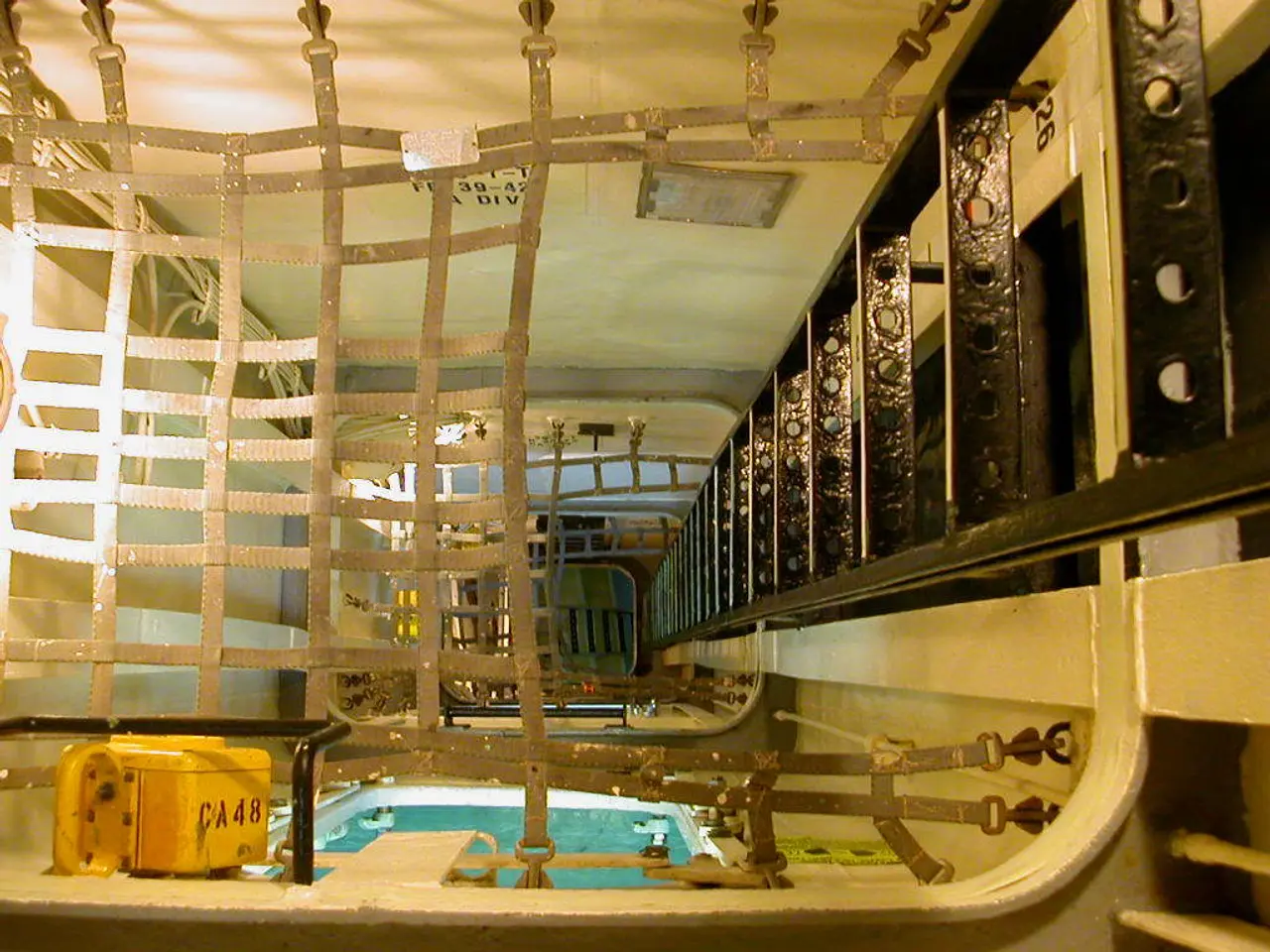Macro and Wide-Angle Shooting in Underwater Environments for your Mac device
Underwater photography presents unique challenges, but with the right camera settings, you can capture stunning images. Here's a comprehensive guide to the recommended settings for digital compact cameras and DSLRs, including specific models like the Canon G7X Mark II, Nikon D90, and Sony A7r III.
Underwater Macro Photography
For capturing intricate details underwater, manual mode is the preferred setting for complete control. A shutter speed of around 1/125 to 1/180 seconds is ideal to freeze motion and avoid blur caused by subject or diver movement. To maximize depth of field and keep small subjects fully in focus, use a small aperture (high f-number such as f/22 to f/27). Moderate ISO settings (typically 200 to 400) help maintain image quality while accommodating shutter speed and aperture.
Lighting is crucial for macro photography. Use strobes positioned close and directed tightly on the subject to compensate for limited natural light and maintain color saturation. Manual control or TTL on strobes is recommended. For compact cameras, similar shutter speed (1/125s) is recommended when shooting macro, adjusting aperture and ISO as allowed by the camera.
Underwater Wide-Angle Photography
In wide-angle photography, the focus is on capturing vast underwater landscapes. Low ISO settings are essential to reduce noise and preserve image quality. Fast shutter speeds are used to cut out ambient light and darken the background natural light, often faster than macro settings, depending on strobe use. A small aperture is used for greater depth of field and to limit ambient light overpowering the strobe illumination.
Position strobes to light the scene evenly from the sides or front, and adjust power manually or in TTL mode for balanced exposure. For wide-angle photography, settings are more variable depending on depth and available light, but the key is fast shutter, low ISO, and small aperture with strobe lighting.
Additional Tips
- Using strobe lighting is critical for both macro and wide-angle photography to recover colors lost underwater.
- Shooting in manual mode is preferred to fine-tune exposure.
- For cameras like Canon G10, Nikon D90, or Sony A7r III, these principles apply though exact aperture and ISO ranges may differ slightly due to camera capabilities.
- When using macro ports or lenses, stopping down the aperture to f/22–f/27 is common practice for sharpness and depth.
- For macro shots, center spot focus is often used, while all focus points are used for wide-angle shots.
- When shooting ambient light, use manual white balance (custom white balance) with a white, gray, or silver object.
- It is suggested to think about the photographic process, such as composition, subject selection, lighting, etc, rather than focusing on the 100 settings on a DSLR.
With these guidelines in mind, you're well on your way to mastering underwater photography. Happy diving and shooting!
- In underwater macro photography, manual mode is preferred for controlling all camera settings, allowing for the capture of intricate details.
- For optimal freezing of motion and minimal blur, a shutter speed of around 1/125 to 1/180 seconds is recommended in macro photography.
- To maximize depth of field and ensure small subjects are fully in focus, use a small aperture (f/22 to f/27) in underwater macro photography.
- Moderate ISO settings, such as 200 to 400, are essential for maintaining image quality while accommodating shutter speed and aperture in underwater photography.
- Lighting is crucial in both macro and wide-angle underwater photography, with strobes positioned close and directed tightly on the subject for optimal color saturation.
- For underwater wide-angle photography, focus is on capturing vast landscapes and low ISO settings are necessary to reduce noise and preserve image quality.
- Fast shutter speeds are employed in wide-angle photography to cut out ambient light and darken the background, while a small aperture is used for greater depth of field.
- Strobe lighting is essential for both macro and wide-angle photography, aiding in recovery of lost underwater colors, and photography tutorials can provide valuable insights on underwater photography technique and technology.




